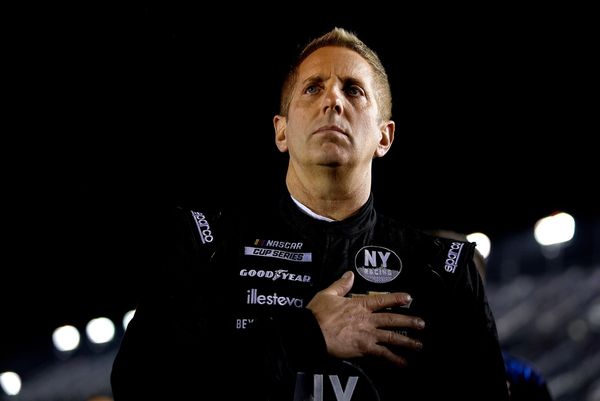
I have frittered away many hours of my life on Vogue’s YouTube series of celebrities sharing their skincare routines. There’s something hypnotic about watching Hailey Bieber layering lotions and serums with her perfectly manicured fingers onto her perfectly radiant face.
And look at that skin! See how it glows. Mrs Bieber has what trend forecasters would have called “glazed donut skin” last year, and would now call “glass skin”. And you, viewer, can get it too if you just buy this exact eye mask, peptide fluid, moisturiser, moisturising toner, and “glazing milk”. Oh, and you should probably start doing gua sha.
The products in Rita Ora’s 37-step skincare and makeup routine cost over £2,000, including a £633 micro current device from Face Gym “which kind of electrocutes your muscles”. It’s big bucks for Vogue, who share all the products with affiliate links below each video. It’s worth remembering that people like Hailey Bieber, Kylie Jenner and Rihanna are all flogging their own beauty products in their respective videos.
It’s no wonder then, that many young women and girls have developed “dermorexia”, or an unhealthy obsession with skincare. I baulk slightly at the bastardisation of the word anorexia – other than being slightly facetious, it derives from the Ancient Greek for loss of appetite, so snappy buzzwords like dermorexia and tanorexia (that noughties epidemic) don’t really make sense. Not to be a pedant.
But skincare obsessives can cause lasting damage to their faces as well as their wallets. Girls as young as 12 are layering their face with harsh anti-ageing products designed for middle aged women, wreaking havoc on their skin barrier.
On TikTok, 13-year-old Layla Eleni posts “get ready with me” videos to her 1.2 million followers, where she goes through her elaborate skincare routine. She often has her hair in curlers before school, beaming at the camera in her braces. Generation Alpha (those born after 2010) are driving 49 per cent of skincare sales growth, according to Nielsen IQ. Once you engage with one video, the algorithm will keep feeding you more and more.
I was slathering on creams worth hundreds of pounds and using all sorts of acids and tonics which skincare gurus swear by. My skin has never been worse.
I have always loved lotions and potions – like a good child of late capitalism I find luxury packaging deeply satisfying and enjoy looking at everything lined up on my bathroom shelf. I’ve always been lucky with my skin until around Christmas time when I was trialling products for our beauty gift guide. I was slathering on creams worth hundreds of pounds and using all sorts of acids and tonics which skincare gurus swear by. My skin has never been worse. I started getting spots all around my jaw and my cheeks grew red and dry after I retinol’d too close to the sun.
The implicit message that if you use all these products, you can get someone else’s skin is a sham that makes certain people a lot of money. I think the reality is usually simpler than that: some people are lucky, others are not. My best friend has never washed her face in her life – her skincare routine consists of swiping her makeup off with a Simple wipe and maybe splashing her face with water if she’s feeling crazy. She has the best, most glowy skin out of anyone I know.
Skincare routines have become one of the pillars of self care. “Skincare is one form of meditation for me,” says Kaia Gerber in her Vogue video, while Hailey Bieber says how much she loves “the ritual” of it.
It is relaxing and meditative to have routines, especially ones which are just for ourselves. But it’s unfair of celebrities and beauty influencers to promise perfect skin to impressionable tweenagers if they just smash their piggy banks and spend all their pocket money on the latest serum. There should be age checks for harsh beauty products like retinols and acids and we’d all do well to remember that the people fuelling our skincare neuroses stand to make an enormous profit.
Claudia Cockerell is the Londoner’s Diary editor







